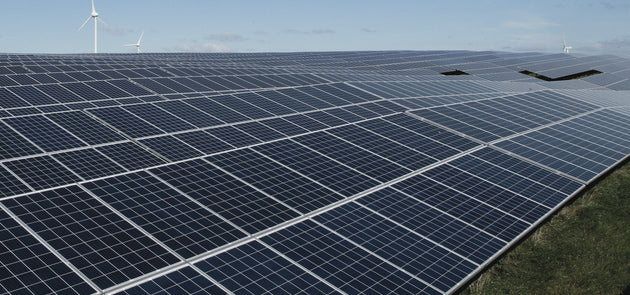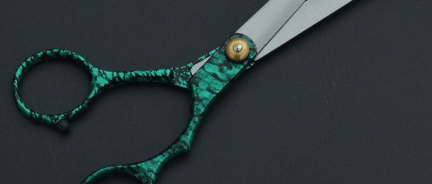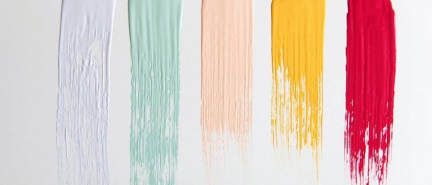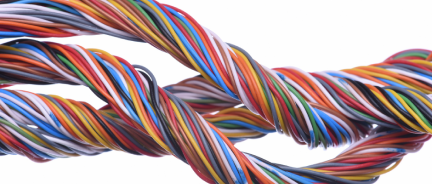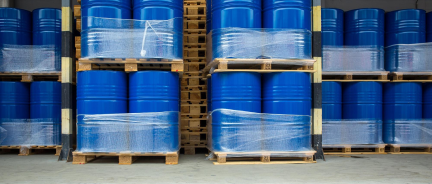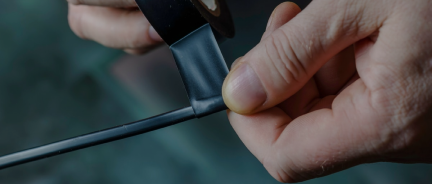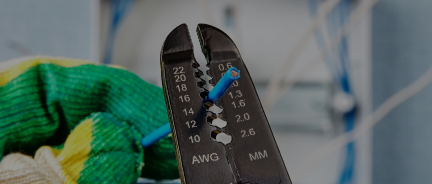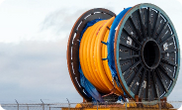Explaining NEC Article 310 on Conductors for General Wiring
NEC Article 310 outlines the requirements for conductors used in general wiring. It addresses conductor materials, insulation types, ampacity ratings, voltage classifications, installation conditions, and permitted uses for systems rated up to 2000 volts. The article applies to insulated and bare conductors used in general wiring and excludes those that are part of the factory-assembled equipment (e.g. motors or transformers). It provides rules for selecting conductors based on these characteristics. Below are the key points covered in NEC Article 310:
Conductor Materials and Construction
NEC 310 permits copper, aluminum, and copper-clad aluminum conductors.
-
Copper offers high conductivity and mechanical strength.
-
Aluminum is lightweight and cost-effective but requires treated terminations.
-
Copper-clad aluminum combines aluminum's weight/cost benefits with copper’s conductivity at the terminations.
-
Solid conductors are rigid and used in smaller sizes.
-
Stranded conductors are more flexible and used in larger or movable installations.
Permitted Uses (310.10)
Conductors described in 310.104 may be used in any Chapter 3 wiring method or as permitted elsewhere in the Code.
-
Dry locations: Any NEC-listed type
-
Dry and damp locations: Conductors such as THHN, THWN, THWN-2, XHHW, XHHW-2, RHH, RHW, RHW-2, TW, THW, THW-2, THHW, MTW, and others listed for damp use. These types offer basic moisture resistance and are suitable for areas with occasional or indirect moisture exposure.
-
Wet locations: Only conductors specifically rated for continuous moisture exposure, such as THWN, THWN-2, XHHW-2, RHW-2, and USE-2, or any conductor listed for wet use.
Insulation Types and Temperature Ratings
Common insulation types include:
-
THHN: Thermoplastic insulation with nylon jacket (PVC/Nylon); rated 90°C dry only, 600V
-
THWN / THWN-2: PVC/Nylon insulation; rated 75°C wet / 90°C dry, 600V
-
THW / THW-2: PVC insulation, no nylon
-
THW: 75°C wet/dry, 600V
-
THW-2: 90°C wet/dry, 600V
-
THHW: PVC insulation, rated 75°C wet / 90°C dry, 600V; similar to THW but used where nylon isn't needed
-
XHHW / XHHW-2: Cross-linked polyethylene (XLPE) insulation; rated 90°C wet/dry, 600V to 2000V
-
USE-2: XLPE insulation; rated 90°C wet, 600V or 2000V; approved for direct burial
-
RHW-2: Rubber insulation; rated 90°C wet, 2000V; used in corrosive or harsh environments
-
MTW (Machine Tool Wire): PVC insulation; flexible, oil- and moisture-resistant; rated 90°C dry, 600V; used in industrial equipment and control panels
-
FEP, FEPB, PFA: Fluoropolymer insulation; rated up to 200°C, 600V; used in labs, cleanrooms, and chemical plants for chemical, heat, and flame resistance
-
SA, Z, ZW: Thermoset rubber or polymer insulation; rated 90°C wet/dry, 600V
-
Used in wet, chemical-heavy, or smoke-sensitive environments like refineries and wastewater plants
-
ZW is explicitly listed for wet locations, while Z and SA are more broadly resistant to heat and chemicals.
Ampacity Ratings and Adjustments
Ampacity is the maximum current a conductor can carry without overheating. NEC Table 310.16 provides base ampacity values assuming:
-
30°C ambient temperature
-
No more than three current-carrying conductors
-
Proper insulation temperature rating
Adjustments for Ambient Temperature
NEC Table 310.15(B)(1) requires derating for high ambient temperatures:
-
At 40°C, a 90°C conductor = 91% of listed ampacity
-
At 50°C = 82%
Adjustment for More Than Three Conductors
NEC 310.15(C)(1):
-
4–6 conductors → 80%
-
7–9 conductors → 70%
-
10–20 conductors → 50%
Voltage Ratings
NEC Article 310 covers conductors rated up to 2000 volts. Anything above that falls under Article 311.
-
THHN, THWN, THWN-2, THW, THW-2, THHW, MTW: 600V
-
XHHW: 600V
-
XHHW-2: 600V, 1000V, or up to 2000V depending on construction
-
RHH, RHW: 600V
-
RHW-2 and USE-2: commonly 2000V
-
FEP, PFA, Z, ZW: typically 600V; check listings for specific ratings
Installation Requirements
Conductors must be installed using approved methods such as raceways, conduits, cable trays, or cables. Installation must match the environment:
-
Dry locations: THHN or similar in conduit or cable
-
Wet locations: THWN, THWN-2, XHHW, RHW-2 installed in raceways or approved wet-location cables
-
Underground (direct burial): USE-2 or RHW-2
-
MTW: Used in machinery and control panels; suitable for dry, damp, or wet locations; oil- and abrasion-resistant
-
Exposed to physical damage: Conductors must be installed in rigid metal conduit (RMC), intermediate metal conduit (IMC), or equivalent protection
-
Exposed to direct sunlight: Must be marked PV sunlight-resistant or protected with rated sleeving
-
Plenums or air-handling ducts: Only low-smoke, low-flame spread cables are allowed, such as Type MC with plenum-rated jackets or Types CL2P, CL3P, or FPLP
All installations must protect conductors from mechanical damage, corrosion, heat, and chemical exposure.
Vertical Installations and Support
NEC 300.19 and Table 310.15(C)(2) require vertical conductors to be supported at intervals:
-
18–8 AWG: every 100 ft
-
6 AWG–1/0 AWG: copper every 100 ft, aluminum every 200 ft
-
2/0–4/0 AWG: copper every 80 ft, aluminum every 180 ft
-
350–500 kcmil: copper every 50 ft, aluminum every 120 ft
Marking and Identification
Conductors must be clearly marked with the following:
-
Insulation type
-
Voltage rating
-
Conductor size (AWG or kcmil)
-
Manufacturer’s name or trademark
Markings must be durable and visible for code compliance and inspections.
Summary
NEC Article 310 provides detailed requirements for selecting and installing conductors in general wiring applications. At Nassau National Cable, we provide a wide range of NEC-compliant cables and materials for all your wiring needs, including a variety of conductors and insulations, as explained in Article 310.





